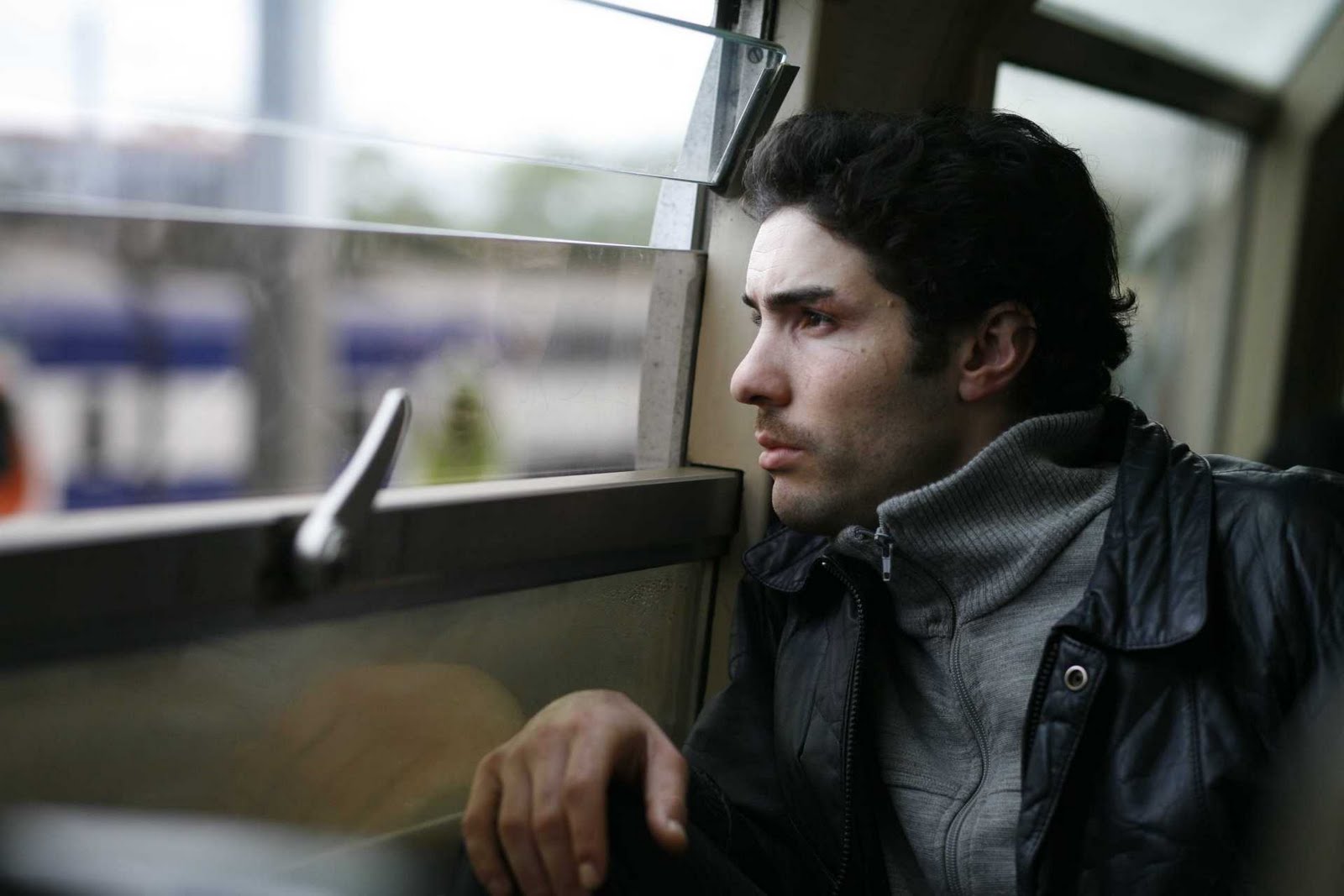
In an advanced and technological era, it is surprising that some of the most powerful and profitable organizations in the world are related to crime. These vulgarly so-called “gangster” groups are spread into the world and its motives are in some cases very disparate.
The most common groups like Camorra (Italy), Yakuza (Japan) or Los Zetas (Mexico) work in criminal actions such as smuggling, prostitution, gambling, influence peddling or drug dealing, but there are some exceptional cases of organized crime directed toward ideological views. Mungiki from Kenya is an example of this, focusing on a fight against modernization, westernization and Christianity, or pure and simple ethnic cleansing.
The “Mafioso” presence is quite impregnated into American culture and, besides all the organized crime in the United States, cinema is the right platform to show that phenomenon. Some classics like “The Godfather”, “Scarface” and “Goodfellas” are American films and work perfectly to show the ins and outs of the business.
This strong presence of the “deceiver” in the spotlight is also very important in the construction of the “antihero”, an old concept present in classical Greek dramas or in Renaissance period films, in characters like Don Quixote or Doctor Faustus. In cinema it’s normal for us to cheer for the clever but-not-so-righteous one, that we don’t notice the antihero presence anymore. In films about gangsters, this is whopping.
As I subliminally said in the beginning, some of the most important gangster groups aren’t English speakers. The films on this list will help you to know a hidden side of humanity, close to the crime and distant from some important values, sometimes with a pinch of fiction, others by showing a reliable portrait of these dark realities. In short, these films prove the existence of some situations that are still perpetuated in countries where mafia and organized crime are still alive and in good health.
The ranking isn’t based just on the quality of the film, but mainly because of its gangster/crime orientation.
15. Election (2005) (Hong Kong)
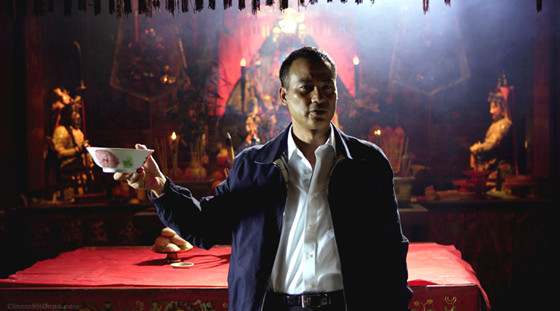
Not as powerful and spectacular as the Indonesian films “The Raid” or “The Raid 2”, but the more gangster-oriented “Election” is good thrilling entertainment. The film is a great tribute to some American classics (The Godfather) of the same genre and that ability of “cut and use” make Johnnie To a kind of a Tarantino born in Hong Kong. Curiously, the director of “Pulp Fiction” and “Reservoir Dogs” considered this film the best in 2005.
“Election” is about a very powerful organization center: the Triads. Here we have two rival gang leaders struggling to reach the place of new chairman. Wrapped in violent scenes (lots of killing and torture), the film also outlines the situation lived in Hong Kong and shows some fragments of how the Triads work in the field.
The sequel “Triad Election” is also influenced by “The Godfather” and delivers some equally awesome moments of entertainment and killing. A must watch!
14. Tsotsi (2005) (South Africa)
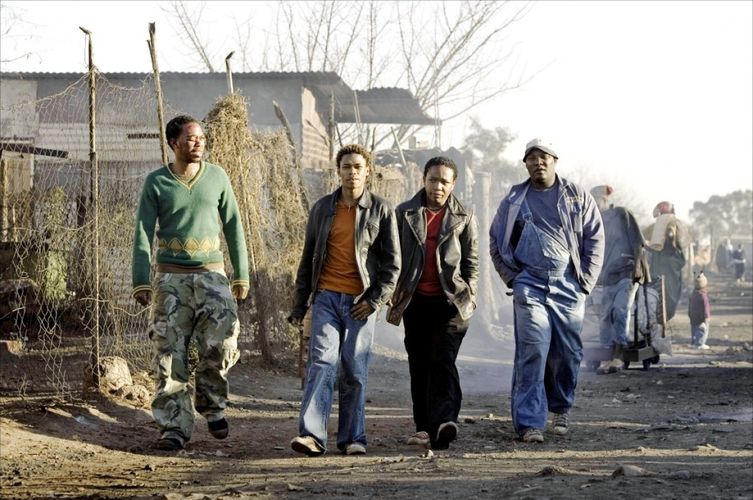
In case you don’t know, Johannesburg is one of the most violent cities in the world. Knowing that, now we can talk about “Tsotsi”.
Tsotsi, the protagonist, escapes from home and now he’s alone, not trusting anyone. The action starts when he steals a car with a baby inside of it. Wrapped in themes like lost childhood or a conversion that could be not convincing for some, “Tsotsi” tells the story about someone who, even when performing good deeds, does it with the wrong methods. It’s a very biblical thing.
The South African film is a view across to a place where violence is seen as a necessity and a daily occurrence. We go directly to a very different culture than ours, where killing and stealing is just commonplace to everybody. The big nuance about “Tsotsi” is that this “life of crime” is just the ugly and shabby side of the deal and not luxury and extravagant like other criminal organizations.
13. Pusher (1996) (Denmark)
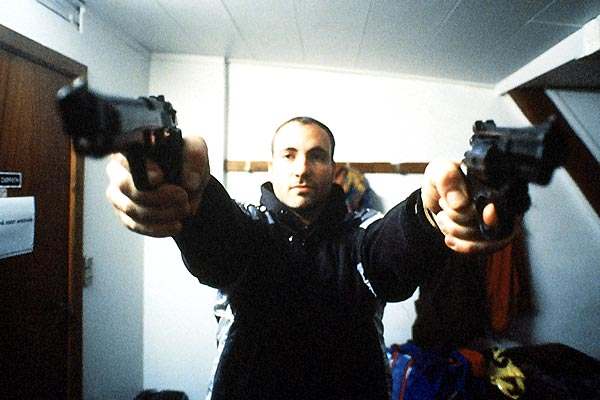
“Pusher” is a Danish trilogy by Nicolas Winding Refn, one of the most violent directors you can find today. He isn’t reinventing the wheel here, but the story development has can be quite surprising for some.
Frank is a drug dealer living the nightmare no one wants to live: he has an debt he cannot pay to Eastern European gangsters. Probably and gladly you will never have this exact feeling, but “Pusher” pushes you close and the blood rush is high. As we follow the core of the bottom line of drug dealing, we meet interesting and stereotypical characters, who will persist on our minds after the film is over.
The book “Easy Money” by Jens Lapidus could be a good comparison for fans of thrilling literature and also a helpful guide into the Scandinavian crime business. Both have that feeling of danger and violence imminent at every corner.
12. Tokyo Drifter (1966) (Japan)
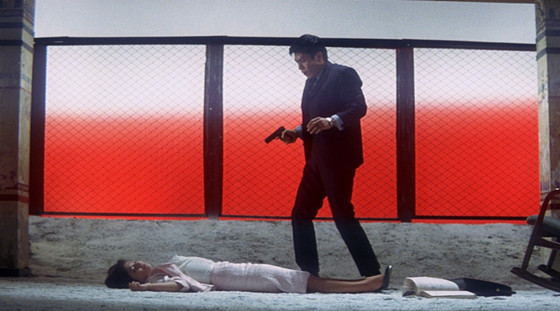
Seijun Suzuki is one of the truest masters of gangster films. The Japanese director influenced everyone you can imagine working nowadays on this type of cinema and his longevity is remarkable. The 92-year-old director has a cult fan base and his presence was fundamental on this list.
“Tokyo Drifter” is the best example of Suzuki’s talent, dealing with a straight crime story. Tetsu is a Yakuza enforcer who decides to abandon his past life and embrace a life outside organized crime. Despite this, when an old rival tries to murder him, he’s forced to become a drifter to keep the pressure off his former boss.
You can find some obvious limitations on “Tokyo Drifter” when compared with more recent efforts, but this Japanese pearl must be watched as a cult film and cult films have always an excuse for everything. Besides all this, entertainment is guaranteed with this one.
11. Sin Nombre (2009) (Mexico)
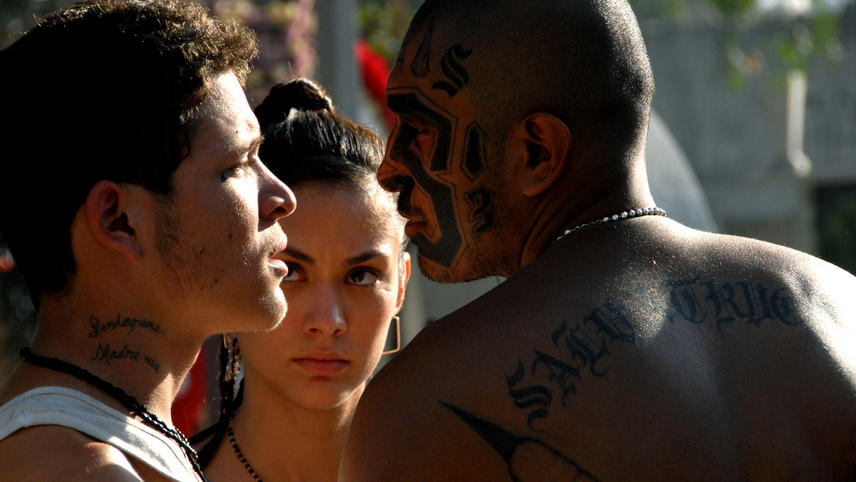
Being that Mexico a place with lots of criminal organizations, it is a little awkward (or maybe not) that only one film on this list is Mexican or takes place in Mexico.
“Sin Nombre” subliminally is about the American dream, but in a very complex way. It talks about a Honduran girl with a dream of living in the United States, who first travels to Mexico and finds unexpected and life-changing things. Directed by one of the hottest new voices in the industry, Cary Joji Fukunaga (“Jane Eyre”; “Beasts of No Nation”), the film is raw, realistic and tragic.
Beautifully shot, edited and superbly cast, it works as a tale of an angel trapped between poverty and a gang life. Surprisingly, this “angel” has a trip to do with the devil as a constant partner. Gael García Bernal was also committed to the film; he also had roles connected to Mexican crime in the past, in “Amores Perros” and “Babel”.
10. A Bittersweet Life (2005) (South Korea)
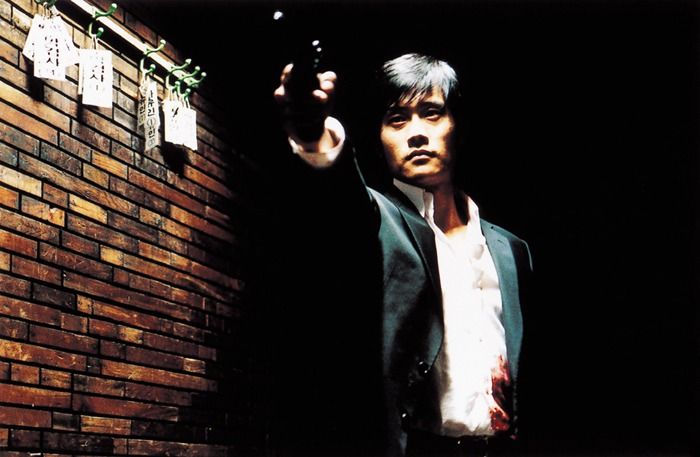
In the same wave of other Asian action films like “Ichi the Killer”, “Infernal Affairs” or “The Man from Nowhere”, this Korean film plays with the imaginary gangster, not much with what happens in real life, but more with what we idealize about criminal life and gangsters.
“A Bittersweet Life” shows the more hierarchized side of a criminal organization and not what we see in the streets or the little chores. Kim Jee-woon builds a very cerebral and psychological narrative painted with sharp dark humor lines, dealing with the fantasies and illusions about how it feels to be the hero.
The concept of antihero is in vogue in the plot, once Sun-Woo, the protagonist, isn’t properly a role model of perfection. The number of violent scenes is so big that I found myself thinking about Death Angel’s album “The Ultra-Violence” while I was watching this piece of destruction.
9. Sonatine (1993) (Japan)
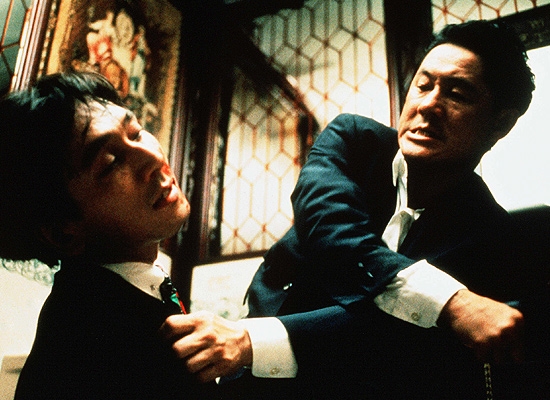
A list like this without anything from Takeshi Kitano would always be incomplete. Kitano, best known in Japan as an actor and comedian, directed a number of crime / gangster-oriented films like “Zatoichi” and “Fireworks” (a masterpiece!), but “Sonatine” is the crème de la crème of Kitano as an artist of gangster films.
The story talks about Yakuza and a kind of mission to complete in order to solve a friction between two factions. As the enforcers arrive to their destiny they get suspicious of some kind of set up. Vengeance is on the way, served in a dish cold without fries, but with lots of ketchup, if you know what I mean.
“Sonatine” is very Japanese in the way it was shot. It seems like we are watching a real scene and not a filmed one. This feeling of watching a “real scene” instead of a fictional one gives a powerful boost to the narrative.